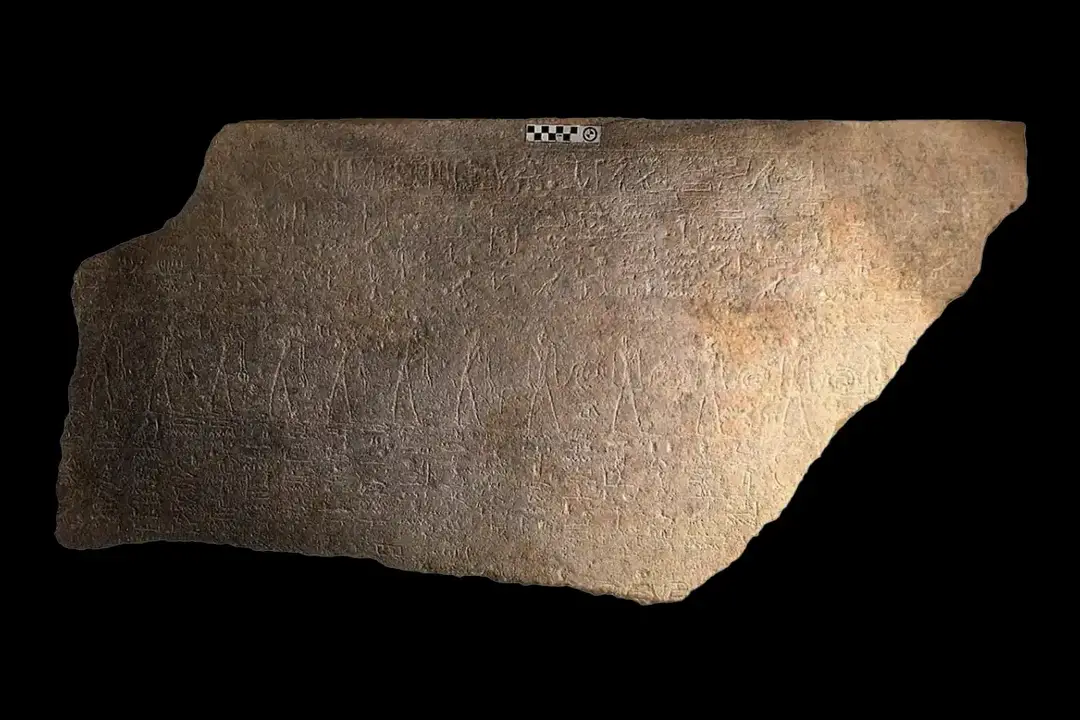
Date:
Archaeologists identify the original sarcophagus of Ramesses II
Archaeologists from Sorbonne University have identified the original sarcophagus of Ramesses II, otherwise known as Ramesses the Great.
Ramesses II was the third pharaoh of the 19th Dynasty during the New Kingdom period.
His reign is often regarded as the most celebrated in Egypt's history, marked by several major military campaigns and numerous monument construction projects.
Based on supporting historical accounts, most Egyptologists suggest that Ramesses II assumed the throne in 1279 BC and reigned until his death at the age of around 90 in 1212 or 1213 BC.
His remains were interred in a tomb complex (designated KV7) in the Valley of the Kings, located opposite the tomb of his sons (KV5), and near the tomb (KV8) of his son and successor, Merenptah.

During the reign of Ramesses III during the 20th Dynasty, the tomb of Ramesses II was looted by grave robbers. Ancient texts record that priests moved his remains to the tomb of Queen Ahmose Inhapy, and then to the tomb of the high priest Pinedjem II.
His final resting place was a tomb (designated TT320), located next to Deir el-Bahari, in the Theban Necropolis opposite Luxor. The tomb is a Royal Cache containing the mummified remains of more than 50 kings, queens, and other royal family members of the New Kingdom period.
The mummy of Ramesses II was discovered in TT320 during excavations in 1881. He was found placed in a simple wooden coffin, suggesting that this was meant as a temporary measure until a more permanent resting place could be determined.
A new study, published in the Revue d'Égyptologie, suggests that a fragment of a sarcophagus discovered in 2009 at Abydos was part of the original sarcophagus of Ramesses II.
The sarcophagus fragment was found in a Coptic monastery and has recently been re-examined by Egyptologist Frédéric Payraudeau from Sorbonne University.
According to the study author, the decoration and texts on the sarcophagus fragment indicate that it was first used by Ramesses II (evidenced by the cartouche of Ramesses II), and later reused by a high priest of the 21st Dynasty, Menkheperre (around 1000 BC) who likely had the sarcophagus transported to Abydos after KV7 was looted.
Header Image Credit : Sarcophagus fragment – Kevin Cahail
Sources : cnrs | Le sarcophage de Ramsès II remployé à Abydos – Published in the Revue d'Égyptologie.
-- Sent from my Linux system.
No comments:
Post a Comment